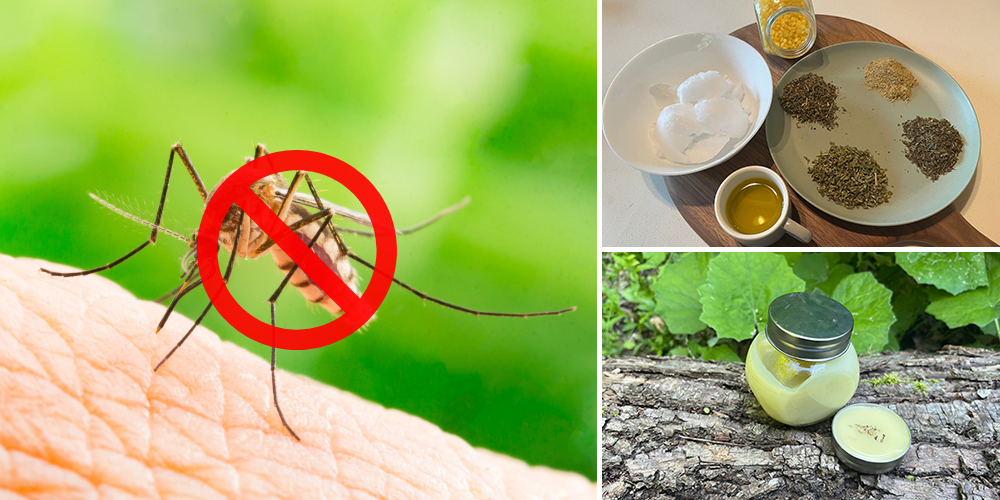
DIY Anti-Bug Balm
Insects may be a vital part of our ecosystem, but it can become frustrating when they turn their attention to us. Not only are bugs a nuisance in the summertime, but they can also carry harmful pathogens and viruses.
Fortunately, many herbs we love growing in the garden or adding to our favorite meals also have a fragrance that repels insects. Keep reading for an easy way to make Nature’s DIY Anti-Bug Balm at home.
How Certain Plants Repel Insects
Many plants have protective measures in place to prevent herbivory. For some, it may be thorns or spines but others have chemical properties that deter plant-eating animals and insects. For fragrant plants, the scent will reach an insect’s odor receptor and will either cause pain or confusion, encouraging them to look elsewhere. These chemicals become even more volatile for the insects if the leaves or stems become damaged, where the scent becomes more fragrant.
For centuries, humans have been harnessing plant odors to drive away bugs. Records from Ancient Rome and Greece show people burning plant matter, crafting oils for their skin, or rubbing plants directly on their clothing to fend off insects.
In the present day, gardeners deliberately plant pest-repelling shrubs or herbs in their gardens, but this does little to protect us when we’re exploring nature, having a picnic, or enjoying other outdoor activities. By using plant-based bug balm or repellent on the skin, we can mask our own odors that allow the bugs to find us.
Herbal versus Synthetic Bug Balm
Many have recently turned to plant-based alternatives for common bug sprays in most retail stores. Some chemical components found in commercial bug repellent include:
- Allethrin
- N, N-diethyl mendelic acid amide
- N, N-diethyl-meta-toluamide and
- Dimethyl phthalate.
Many of these chemicals have been associated with causing dermatitis, allergies, and even neurological and cardiovascular side effects when misused. They are extremely harmful to children and medically fragile. There are also more significant implications of chemical repellent to the environment, with many breeds of insects developing a resistance to these chemicals over time.
Plant-based balms and repellents can be just as effective, though they do not last as long as chemical products. A good indicator that it is time to reapply those natural products is if you can no longer smell the scent. If you can’t smell them, the bugs can’t either, and it’s time to add more!
I’m tired of the side effects coming from hard-to-pronounce meds and chemicals. For a while now I’ve been using a salve that’s good against bites, bruises, rashes, cracked hands, and all sorts of bug stings. It’s a quick relief and I must say it’s very cheap for what it does. I’ll leave a link for you here!
Herbs That Repel Insects
There are several herbs that are highly effective at repelling various pest-like insects, many of which you can grow at home or find in your spice cabinet.
Lemon Balm
Lemon balm is one of the most effective herbs for repelling various insects. A member of the mint family, it has a citrusy scent that bugs particularly despise. Lemon balm contains a compound called citronellal, which is often used in citronella products.
Peppermint or Spearmint
Within the mint family, there’s also peppermint. This hybrid mint is derived from spearmint and water mint (mentha aquatica) and contains methone, menthol, and methyl esters. These potent, fragrant compounds block insect receptors and effectively repel mosquitoes, flies, fleas, spiders, and ants.
Catnip
While we might associate catnip as a feline favorite, this member of the mint family has been considered a natural alternative to N, N-diethyl-3-methylbenzamide (also known as DEET). The active ingredient in catnip, nepetalactone, causes a sensation similar to insects as an itch or pain. Controlled studies have shown that mosquitoes were less likely to bite skin with catnip. Other insects, such as fruit flies, were also disinterested in surfaces coated in catnip. Studies have also shown catnip can even repel bed bugs.
Lavender
Many people don’t know lavender is also an effective insect repellent, particularly for black flies, mosquitoes, moths, fleas, and flies. While lavender isn’t as long-lasting as other herbs, particularly those in the mint family, with reapplication, lavender can be just as effective as other herbs. It can also complement other herbs in a natural remedy or if you find the minty scents unpleasant.
⇒ What Happens If You Soak Your Feet In Lavender Water? (Video)
How to Make Your DIY Anti-Bug Balm
Making your own anti-bug balm is like making an herbal salve. It is easy to make from supplies in your kitchen (or garden!).
Tip: It’s best to work with dried herbs when making a salve or balm, as fresh herbs can cause the balm to spoil faster. If you make a mixture from the garden, you can hang your herbs upside down to dry in bundles. Store them in a cool, dark place like a garage until they become crumbly to the touch.
For this recipe, we’ll use lemon balm, peppermint, catnip, and lavender. You can substitute any of these ingredients for the other herbs listed below. You are also welcome to substitute any of the carrier oils, such as sweet almond oil, if you have different preferences.
 Ingredients You’ll Need
Ingredients You’ll Need
- 1 tsp Dried Lemon Balm
- 1 tsp Dried Catnip
- 1 tsp Dried Lavender
- 1 tsp Dried Peppermint
- 1 oz Beeswax (use carnauba wax instead of beeswax for a vegan salve)
- 4 oz Carrier Oil ( pictured is 3oz coconut oil and 1oz extra virgin olive oil)
- Cheesecloth or a strainer
- 2 glass jars
- A container for your bug balm
Make your herb-infused oil
First, combine oil and herbs in a jar and stir to ensure they are covered.
Slow-Infusion (Cold Infusion)
Leave your sealed jar in a cool, dark, dry place for 1-2 weeks to infuse.
Heat Method
Ideally, you will want to use the cold infusion method, but if you are in a pinch and need your anti-bug balm quickly, you can use the heat infusion method.
- Fill a pot with enough water to submerge approximately half of your jar.
- Place your jar in the middle of the pot. Do not seal your jar with the lid.
- Simmer on low heat for approximately 2-4 hours. You will want to check on your pot regularly and add warm water if some evaporates. Do not let the water fully evaporate.

- Remove from heat and allow the jar to sit in the warm bath until the water and infused oil have cooled.
Straining
Using your cheesecloth or a strainer, pour your infusion into the second glass jar. If you used heat for infusion, make sure your infused oil has fully cooled before straining.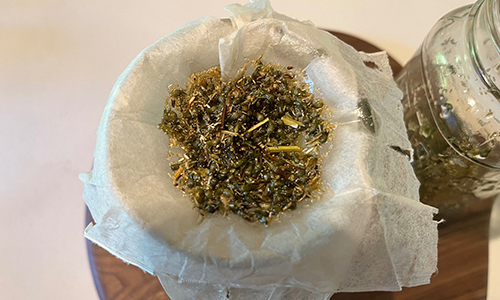
Making your anti-bug balm
Now that your infused oil is ready, you can start making your anti-bug balm.
If you want to increase the efficacy of your bug balm, you can also add 3-5 drops of essential oils such as Peppermint or Spearmint, citronella, yarrow, lemongrass and lavender. I’m using this Yarrow Tincture because it helped me in managing rashes, minor skin infections, wounds, and itching. It’s non-GMO so my skin is thriving.
- Place a jar with your infused oil and beeswax together into a pot with simmering water on low heat.

- Allow the beeswax to completely dissolve in the oil. Add essential oil drops if desired.

- Carefully pour the mixture into your bug balm jar and let it sit until the balm solidifies.

- Let it fully harden before adding a lid to your container.

TIP: The consistency of your bug balm can be adjusted to your preference. Use less beeswax for a softer balm and more if you would prefer a firmer balm. You can test the consistency by removing a teaspoon from the jar and placing it in the freezer for a few minutes. This will give you an idea of the final consistency.
Anti-Bug Balm Use and Storage
Before using your anti-bug balm, apply a small test patch to the skin.
Apply it liberally to exposed skin as needed.
If you hope to minimize mosquito attacks, rub the balm on your wrists and ankles. Mosquitoes prefer to go after these locations, where the blood vessels are closer to the skin’s surface and often unprotected by clothing. This can also be applied before heading into the woods and will protect you if you brush up against poison ivy and other plants.
Storage:
You can store your anti-bug balm in a cool location for 1-3 years.
Other herbs you can add:
Depending on your desired fragrance, you can experiment with several different herbs. Here are just a few others you can add or substitute in your anti-bug balm:
- Basil (Ocimum basilicum)-This culinary herb does delicious double duty by repelling flies and mosquitoes too.
- Lemongrass (Cymbopogon citratus)-Lemongrass and lemongrass oil have similar effects as lemon balm and are very effective at repelling mosquitoes, flies, and even stable flies. It is another citrusy scent.
- Thyme (or Lemon Thyme, Thymus citriodorus)- This garden staple is another scent that insects find offensive.
- Eucalyptus – Eucalyptus is another natural pesticide with a fragrant aroma that many of us enjoy.
- Rosemary (Salvia Rosmarinus) – Both rosemary leaf and the essential oil effectively drive away mosquitoes.

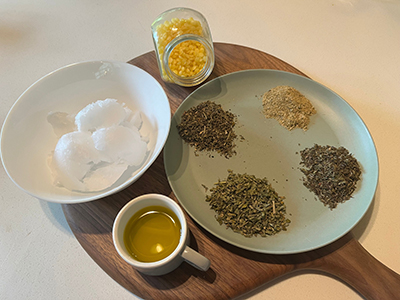 Ingredients You’ll Need
Ingredients You’ll Need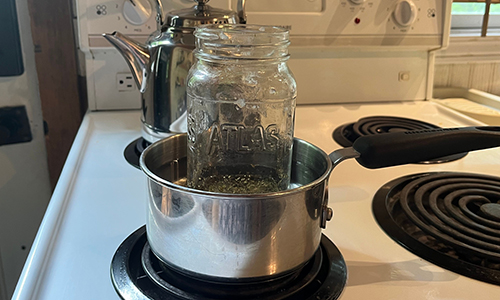
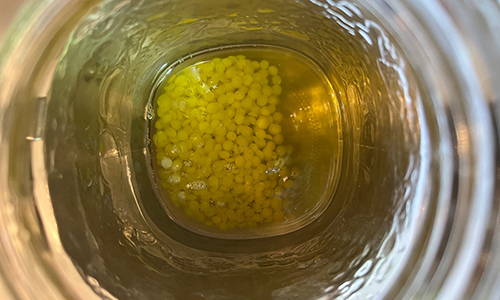
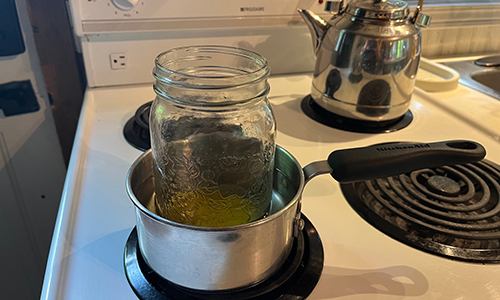
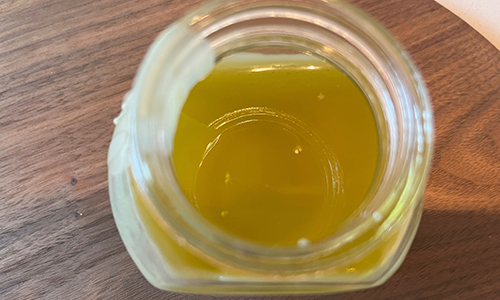
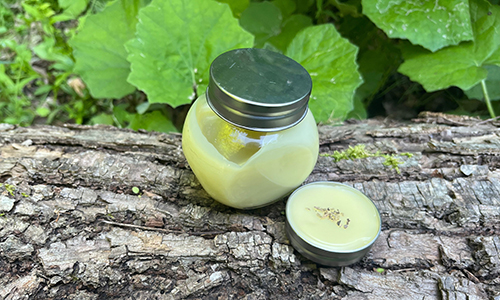
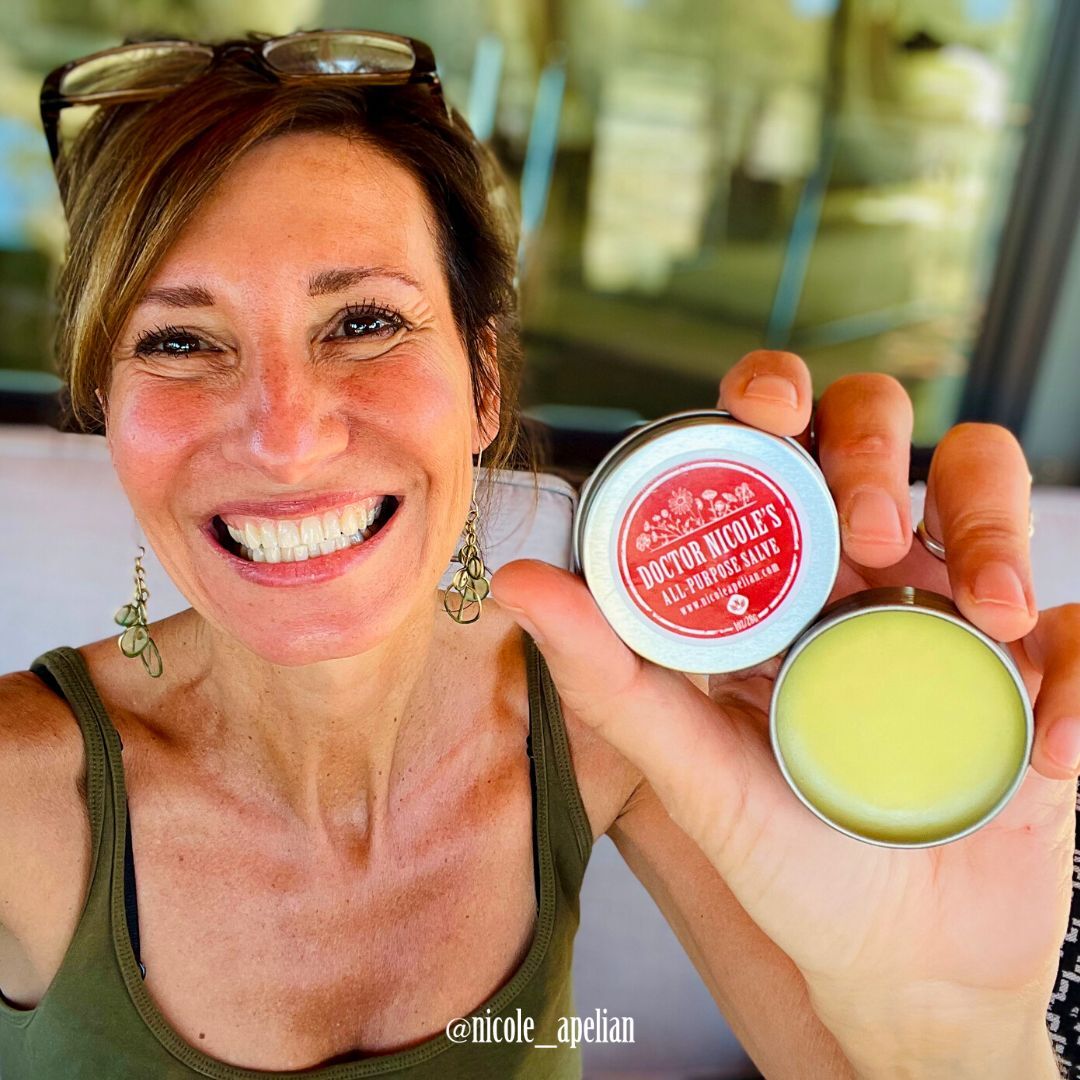

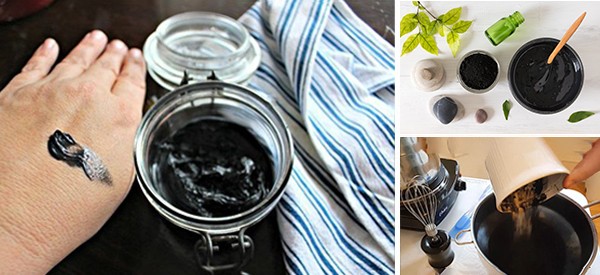

We went to a scout family picnic, and so did the skeeters. I watched parents just soak their kids down with DEET. But that stuff doesn’t keep bugs away, just keeps them from biting. Those folks were constantly swatting at the buzzing in their ears.
I had a pint of high grade lotion from our vitamin store, to which I added some pennyroyal and eucalyptus oils. I dabbed that on us, and not only did the bugs not bite but they didn’t come near.
The other families noticed us calmly enjoying our picnic while they were in constant torment. They all came over to beg for some of our lotion.
How much pennyroyal and eucalyptus did you add? Thanks!